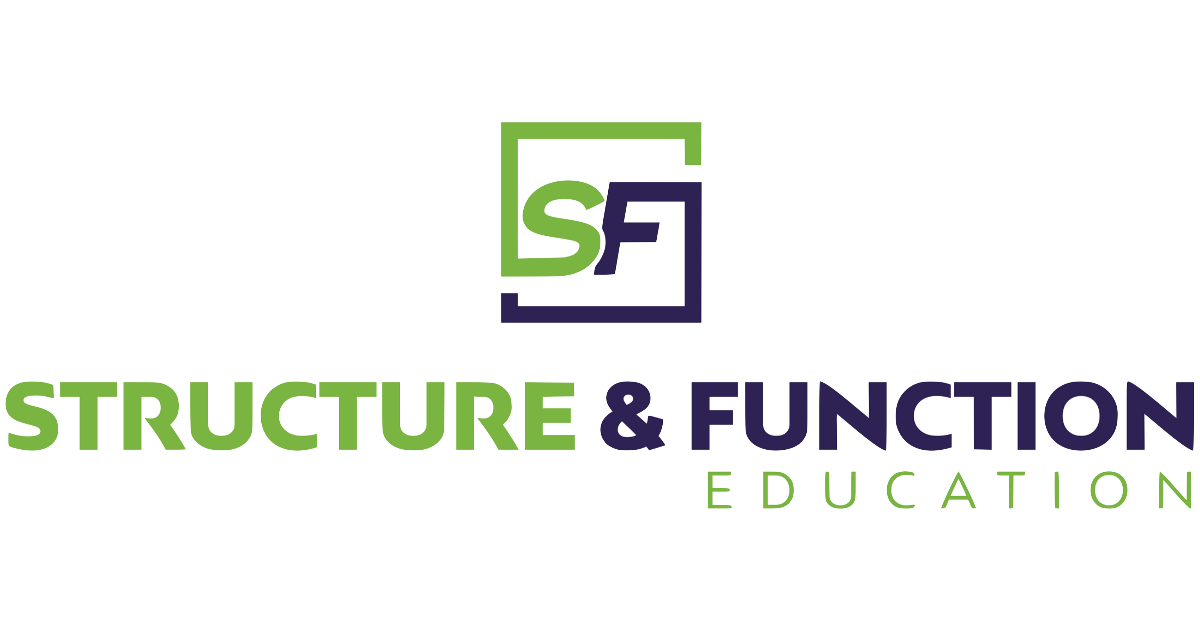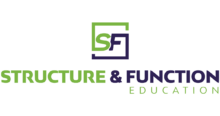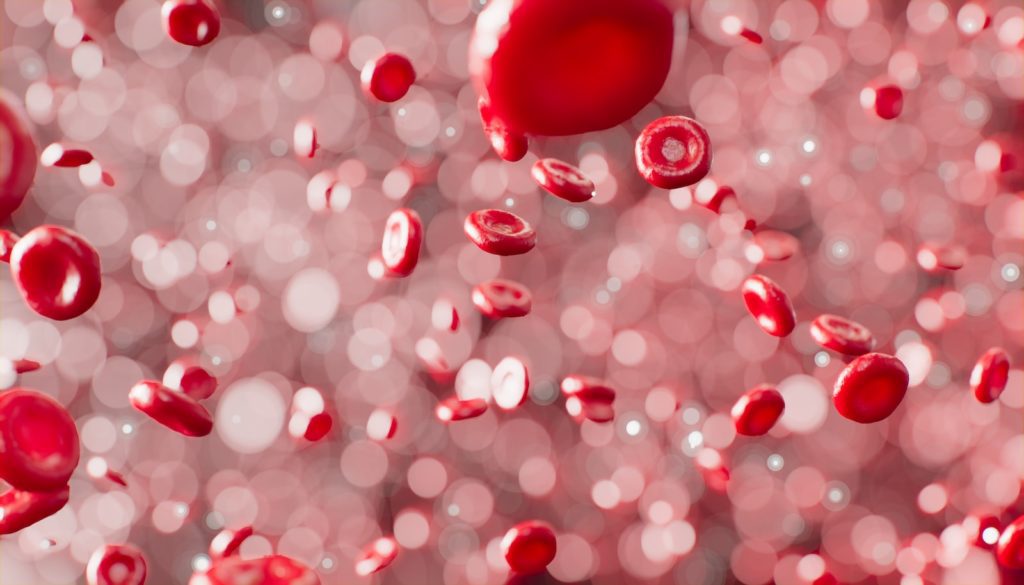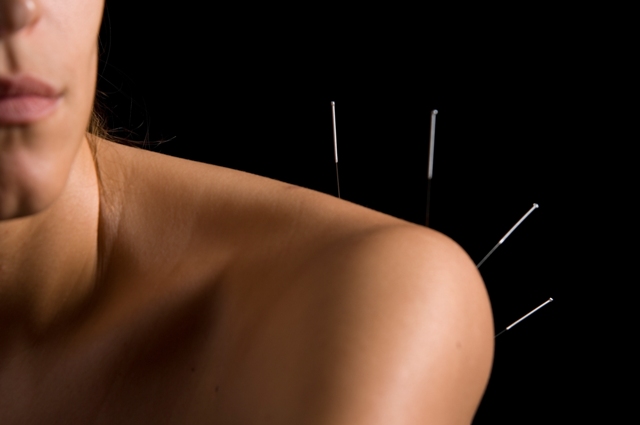In keeping with our focus on safe dry needling practices, we are always looking into the safety literature and determining the best ways to practice safely. Recently there was a review article that focused on dry needling patients who are on anticoagulant medications.1 I found it interesting as it would be an update to the literature reviews from 2008 from Bergquist on vascular injuries caused by needling and from 2015 from McCulloch and colleagues specifically looking at anticoagulants.2,3 Dry needling patients and excessive bleeding has long been a concern as there are case reports of compartment syndromes being caused by abnormal bleeding after needling from as far back in the literature as 1986.4 However, large scale adverse events reviews would make the argument these are scarce.
Adverse Events
When looking at the impacts of placing a needle in the body, much of our safety literature comes from the study of adverse events in acupuncture as they have been putting needles in the body for 2500 years.5 Witt et al. published a review of adverse events to evaluate the safety of acupuncture in many patients receiving conventional health care. They developed a new medical consent form for acupuncture based on these results.6 They explored 229,230 patients that received an average 10.2 ± 3.0 acupuncture treatments. Altogether, 19,726 patients (8.6%) reported experiencing at least one adverse effect, and 4,963 (2.2%) reported one which required treatment.
The most common adverse effect was bleedings or hematoma (6.1% of patients, 58% of all adverse effects).6 Zhang et al. systematically reviewed the Chinese-language literature on acupuncture-related adverse events.7 They searched three Chinese databases to identify Chinese-language articles about the safety of traditional needle acupuncture. Case reports, case series, surveys, and other observational studies were included if they reported factual data, but review articles, translations, and clinical trials were excluded. They reported 115 articles and 479 case studies of adverse events after acupuncture. They reportedly found one calf hematoma complicated by diabetic foot and three children that suffered adductor muscle fibrosis and adduction deformity of the thumb due to local vascular and muscular injuries from needling.7
More recently, dry needling specific adverse events have been reported.8–11 Brady and colleagues designed a study to determine the incidence of adverse events associated with trigger point dry needling by a sample of physiotherapists in Ireland. Results indicated mild adverse events occurring in 19.18% of 7,629 treatments. Common adverse events included bruising in 7.55% and bleeding in 4.65% of the 7,629 treatments.8 Boyce et al. performed a similar study to determine and report the type of adverse events associated with the utilization of dry needling. Four hundred and twenty physical therapists participated in this study. Information related to minor and major adverse events occurred during 20,464 treatment sessions. They documented 7,531 minor adverse events amounting to about 36.7% of the treatments resulting in a minor event. The most common were bleeding (16%) and bruising (7.7%).11
This data shows that bleeding and bruising are common, minor adverse events with dry needling. However, some more severe examples can be found. So, to what degree does anticoagulant use change these risks? This recent article was enlightening as they discussed the two classifications of antithrombotic drugs.1 This is knowledge most dry needling practitioners should know; if you do not, please review the article as they provide an excellent overview. They discuss two classes of antithrombotic drugs: antiplatelet agents and anticoagulants. The main antiplatelet agents are aspirin and P2Y12 receptor blockers. Anticoagulants include vitamin K antagonists (VKAs) and direct oral anticoagulants (DOACs) administered orally, and heparins administered subcutaneously or intravenously.1 Each acts differently and carries very different risk profiles, which they detail in their article. They also explore other factors influencing bleeding risks like age, food interactions, drug interactions, renal function, and exercise behaviors.1
This article also discussed dry needling risk in the context of other needling procedures such as EMG, Botox injection, Aspiration biopsy, etc. They state, “Considering the type of needle, the degree of potential tissue damage is dependent on whether the needle is beveled. The potential for tissue damage and bleeding is greater with a hypodermic needle than with a solid filament needle used with dry needling”.1 Other needling approaches use different types of needles with differing needle structure such as needle diameter and tip. For example, the needle diameter used with dry needling is smaller than the typical gauge of needles used for diagnostic EMG or hypodermic needles. EMGs usually do not produce significant bleeding or hematomas, with rare exceptions in those on anticoagulants.12
Conclusions
This article concluded several important things regarding safe dry needling practices:
- Clinicians must always inform patients about the possible risks of dry needling and obtain at least an oral informed consent prior to dry needling.
- When a given patient presents with diminished coagulation, clinicians may consider initially reducing the intensity of the dry needling techniques.
- It is recommended to observe the patient’s bleeding response and initially avoid dry needling in deeper muscles until its safety has been established with more superficial muscles, especially with patients on anticoagulant therapy.
- Venipuncture and other invasive procedures are performed regularly in patients who are taking anticoagulants, and they have been proven to be safe. They do not cause a major bleeding event.
- Therefore, taking antithrombotic medication should not be considered an absolute contraindication for dry needling techniques.1
This article was interesting and, coupled with the other recent studies, provide a solid review of these safety concerns and verified the need for proper diligent intake history, informed consent practices, and practice guidance to safely dry needle patients on anticoagulants. If you’re interested in learning how Structure & Function Education’s Pentamodal Method of Dry Needling can help you learn dry needling safely, enroll in an open course today at www.structureandfunction.net
Stay safe,
Brian Hortz
Reference Material
The following articles were used as reference material for this article. If you are interested in a more in-depth look at the issues, these links are a great way to find out more. We want to thank our fellow clinicians and medical professionals that publish case studies, clinical trial findings, research studies and other medical journal articles. Structure & Function Education believes that continuing education makes everyone a better practitioner and is committed to providing knowledge discussion articles and continuing education courses for everyone.
- Muñoz M, Dommerholt J, Pérez-Palomares S, Herrero P, Calvo S. Dry Needling and Antithrombotic Drugs. Valeriani M, ed. Pain Res Manag. 2022;2022:1-10. doi:10.1155/2022/1363477
- McCulloch M, Nachat A, Schwartz J, Casella-Gordon V, Cook J. Acupuncture Safety in Patients Receiving Anticoagulants: A Systematic Review. Perm J. 2015;19(1):68-73. doi:10.7812/TPP/14-057
- Bergqvist D. Vascular Injuries Caused by Acupuncture. Eur J Vasc Endovasc Surg. 2008;36(2):160-163. doi:10.1016/j.ejvs.2008.04.004
- Smith DL, Walczyk MH, Campbell S. Acupuncture-needle-induced compartment syndrome. West J Med. 1986;144(4):478-479.
- Yang ES, Li PW, Nilius B, Li G. Ancient Chinese medicine and mechanistic evidence of acupuncture physiology. Pflugers Arch. 2011;462(5):645-653. doi:10.1007/s00424-011-1017-3
- Witt CM, Pach D, Brinkhaus B, et al. Safety of Acupuncture: Results of a Prospective Observational Study with 229,230 Patients and Introduction of a Medical Information and Consent Form. Complement Med Res. 2009;16(2):91-97. doi:10.1159/000209315
- Zhang J, Shang H, Gao X, Ernst E. Acupuncture-related adverse events: a systematic review of the Chinese literature. Bull World Health Organ. 2010;88(12):915-921. doi:10.2471/BLT.10.076737
- Brady S, McEvoy J, Dommerholt J, Doody C. Adverse events following trigger point dry needling: a prospective survey of chartered physiotherapists. J Man Manip Ther. 2014;22(3):134-140. doi:10.1179/2042618613Y.0000000044
- Halle JS, Halle RJ. PERTINENT DRY NEEDLING CONSIDERATIONS FOR MINIMIZING ADVERSE EFFECTS – PART TWO. Int J Sports Phys Ther. 2016 Oct;11(5):810-819. PMID: 27757293; PMCID: PMC5046974.
- Halle JS, Halle RJ. PERTINENT DRY NEEDLING CONSIDERATIONS FOR MINIMIZING ADVERSE EFFECTS – PART ONE. Int J Sports Phys Ther. 2016 Aug;11(4):651-62. PMID: 27525188; PMCID: PMC4970854.
- Boyce D, Wempe H, Campbell C, et al. ADVERSE EVENTS ASSOCIATED WITH THERAPEUTIC DRY NEEDLING. Int J Sports Phys Ther. 2020;15(1):103-113. doi:10.26603/ijspt20200103
- Bartl M, Krahn A, Riggert J, Paulus W. Needle EMG induced muscle bleeding complication after guideline approved discontinuation of anticoagulation. Clin Neurophysiol Pract. 2021;6:109-114. doi:10.1016/j.cnp.2021.02.005





